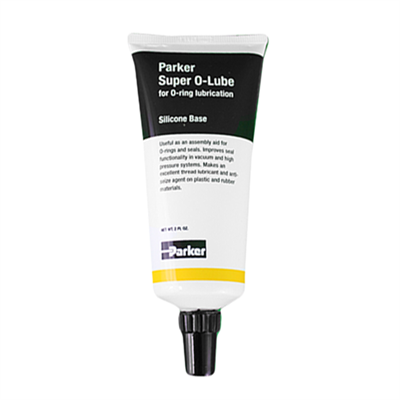If your machines or equipment aren't making sounds, you and your co-workers probably haven't thought a whole lot about lubrication. I mean, why would you? That mindset happens for a lot of people working on the factory floor or the machine shop.
But you don’t have to wait until your gears are all rusty and worn out before you use lubricants. In fact, it’s better to lubricate regularly the seal components of your machines. Proper lubrication:
- Reduces friction and heating of moving parts
- Prevents premature wear and tear of seal components
- Maintains the integrity of machines and other industrial applications
Machineries operate better when the seal components are lubricated. There’s less resistance and chafing, so the parts last longer. Some seals are prone to cracking easily, but when they are properly lubricated, they don’t snap just as easily.
Not all lubricants are the same.
Lubricant, oil, and grease. What’s the difference between the three?
People like to use those terms interchangeably, and they are somewhat correct in doing so. However, lubricant is an umbrella term for both grease and oil. For purposes of clarifying what a lube really is and what it does, let’s establish their differences.
The difference between the oil and grease lies in their application:
- If you have machines that operate at high temperatures and speed, use oil.
- If your machine operates at regular temperature and speed, use grease.
That’s the most basic explanation. But of course, there are specific types of lubricants for specific types of operations:
1. Penetrating Lubricant
This is a good choice if you’re dealing with rust on mechanical seals. This lube cuts through rust after a few hours. It comes in both spray and liquid type—your choice depends on the type of seal component you have and the severity of rusting.
2. Silicone Spray
If you are looking for a lubricant that makes the least mess, then a silicone spray is your friend. It is relatively good lubricant. It’s perfect for components that are prone to rusting as it offers a bit of waterproofing as well.
3. PTFE or Teflon Spray
PTFE is often associated with the trademark Teflon. Similar to a silicone spray, this also offers corrosion protection, so it’s best used as a lubricant for machineries that operate at high temperatures.

4. Dry Lube
Also called graphite lube, dry lube is best used on small parts. Unlike most liquid lubricants, dry lube does not gum up small components. It comes in powder form, but the spray form dries rather quickly and doesn’t affect the integrity of seal components.
5. Lithium or White Grease
White grease is best used on devices that work at high temperatures. It’s thicker than other lubricants, so it stays put no matter how much pressure is applied to seal components.
Keeping your seal components well lubricated prevents friction from ruining your machinery. Even if you don’t notice any obvious wear and tear, you should make lubricating small parts a habit to make them last longer.
Lubricants are not all the same in terms of viscosity and effectiveness. The kind of lubricant that you should use depends on what kind of application you have and on whether your apparatus works at high temperatures or not.
While lubricating extends the life of seal components, they will eventually require a replacement.
The original article was featured here and was written by Real Seal.
For more information about properly lubricating your seals, contact Gallaher Fluid Seals today.
